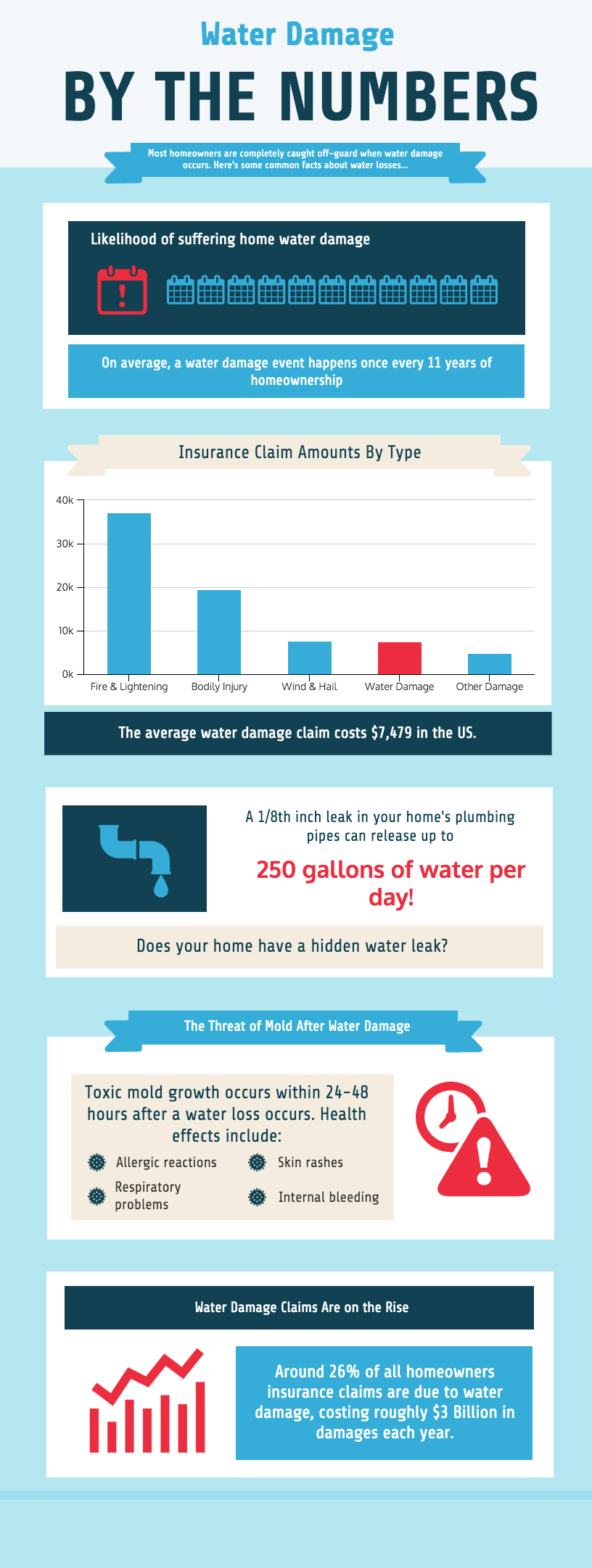When considering the expenses of solar installation, you may wonder about the in advance financial investment required and whether it lines up with the potential lasting benefits. Understanding the details of these expenses and the various elements affecting the general return can clarify the worth proposition of transitioning to solar power. By reviewing both the initial configuration costs and the predicted financial savings over time, you can obtain insight right into whether the investment in solar installment holds promise for your financial future.
First Arrangement Costs
When considering the costs of solar installation, the initial setup expenses play a critical function in your decision-making process. These upfront prices consist of the price of photovoltaic panels, inverters, mounting tools, and setup labor.
The rate of photovoltaic panels can differ depending on the brand, effectiveness, and dimension you pick. Inverters are necessary for converting the sun's energy right into usable electrical energy and be available in different types such as string inverters, microinverters, and power optimizers, each with its own expense ramifications.
Placing more resources , such as shelfs and rails, is necessary to securely install solar panels on your roofing or building.
The installment labor cost covers the expert installation of the solar system, making certain that everything is set up correctly and effectively. Remember that while these first configuration costs might appear high, there are usually rebates, tax obligation motivations, and funding options readily available to aid offset the expenses and make solar installation extra inexpensive in the long run.
Long-Term Savings Evaluation
To comprehend the economic benefits of solar installation gradually, it's crucial to carry out a comprehensive long-term financial savings evaluation. While the initial arrangement expenses of solar panels may seem complicated, the lasting financial savings can exceed these prices considerably. By using the power of the sunlight to generate electrical energy for your home, you can possibly conserve countless dollars on your utility bills over the life expectancy of your planetary system.
Among the essential aspects to consider in a long-lasting cost savings analysis is the decrease in your power expenses. With photovoltaic panels, you can create your electricity, decreasing or perhaps removing your reliance on the grid. https://solar-panel-and-inverter09764.blue-blogs.com/37012514/disproving-solar-energy-misconceptions-vital-facts-for-homeowners-to-take-into-consideration can lead to considerable financial savings, especially as utility rates remain to increase.
In addition, several federal governments offer rewards such as tax credit histories and rebates for setting up photovoltaic panels, further boosting your long-lasting savings. By taking advantage of these rewards and maximizing your solar power production, you can appreciate considerable financial advantages for many years ahead.
Roi Estimation
Thinking about the monetary advantages of solar installation, it's time to assess the Return on Investment (ROI) computation. Identifying the ROI involves comparing the overall expenses of mounting a planetary system with the economic benefits it creates over its lifespan.
To compute ROI, divide the net benefit from the system by the complete investment price and increase by 100 to get a percentage. The ROI formula is: (Web Revenue/ Total Amount Investment Expense) x 100.
For instance, if the overall cost of mounting a planetary system is $20,000, and over its life-span, it generates financial savings and profits amounting to $30,000, the web earnings would be $10,000. Dividing mouse click the up coming post by the complete investment expense of $20,000 provides a proportion of 0.5. Multiplying https://zanderrydjn.elbloglibre.com/30194520/prepare-to-discover-the-tricks-to-optimizing-your-solar-financial-investment-with-specialist-tips-and-methods-that-can-enhance-effectiveness-and-returns by 100 provides an ROI of 50%.
Generally, a higher ROI shows an extra monetarily fulfilling financial investment. Factors like government rewards, maintenance expenses, and power rate fluctuations can influence the ROI of solar installations. Recognizing the ROI aids in evaluating whether purchasing solar power is worth it in the long run.
Conclusion
Finally, recognizing the prices of solar setup is essential for identifying if it is worth the investment. By considering first arrangement expenditures, conducting a long-lasting financial savings evaluation, and computing the return on investment, you can make an informed choice regarding the monetary worth of solar power. With the potential for decreased energy costs and increased power freedom, purchasing solar installment can be a smart choice for both your pocketbook and the environment.
